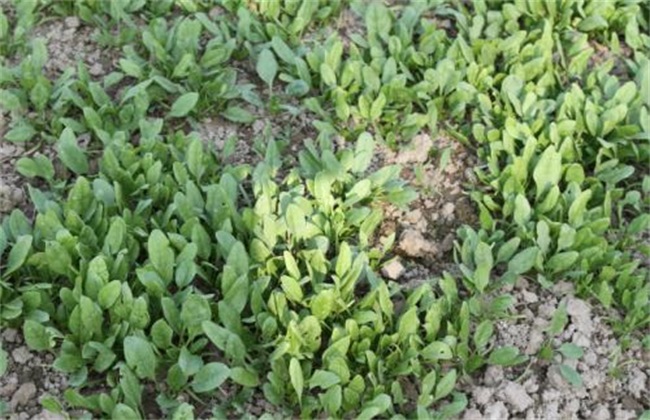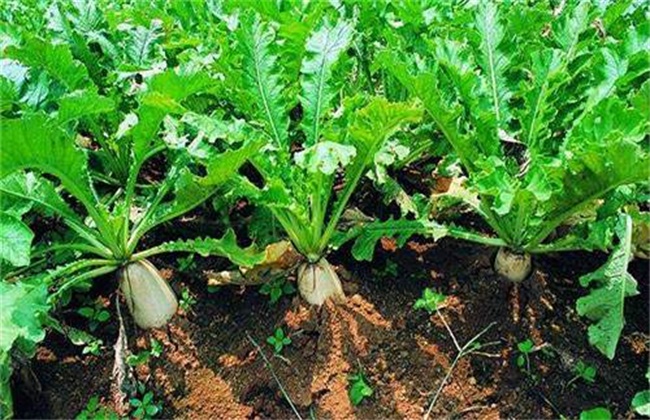How to manage the full fruiting period of balsam pear
Although the taste of balsam pear is not liked by many people, it also has a great market demand in our country. The planting area of balsam pear in China is also relatively large, when planting balsam pear, we should adjust the management methods according to the growth period of balsam pear. Especially in the full fruit period, it directly determines the yield. So how to manage balsam pear during the full fruit period? Let's take a look at it with the editor.

1. Temperature management
Balsam pear is sensitive to the change of temperature in the process of growth, especially in the full fruit period, temperature will have a direct impact on the fruit rate and yield of balsam pear. Therefore, temperature control is very important. The temperature in the shed should be controlled at about 30 degrees during the day and 15 degrees at night. Then we should pay attention to the location of balsam pear, in general, balsam pear main vine 50cm around the following can not be retained melon. When the main vine is sitting on about 6 melons, keep 5 leaves, then top them, and remove the rest of the extra vines.
2. Fertilizer and water management
The fruiting period and growth period of balsam pear are relatively long. After entering the full fruit period, the harvest time is about three and a half months. Therefore, the demand for fertilizer and water is relatively high, so we should pay attention to maintaining adequate fertilizer and water. Especially during the full fruit period, if the soil water content is low and dry, water should be watered at least once a week. And before watering, it is necessary to do a good job of topdressing, applying urea or compound fertilizer every time. However, water should not be too much, when it is cloudy and rainy, it is necessary to do a good job of drainage, while spraying about 3 times of potassium dihydrogen phosphate and other foliar fertilizer.
3. Pest control
In the full fruit period of balsam pear, there are also many diseases and insect pests. The most common disease is anthracnose, which does great harm to the fruits, leaves and stems of balsam pear. It usually occurs in the middle and later stage of balsam pear growth, so we must do a good job in prevention and control. Diseased leaves should be removed in time and sprayed with topiramate and chlorothalonil to give priority to prevention. Then the common pests are aphids, cabbage insects and so on, which can be controlled by insecticides such as enemy killing emulsion.
4. Timely harvest
Finally, after balsam pear enters the full fruit period, it is necessary to do a good job in harvesting. Because the fruit on a balsam pear plant, its ripening time is different. Therefore, in the full fruit period, we have to pick out the mature balsam pear every day, leaving sufficient growth space and nutrition for the new balsam pear. When harvesting, use sterilized scissors to cut them off and put them in place at once to avoid damage to the vines. Then it is necessary to remove some miscellaneous melons in time and retain fruit-planting melons with the same color and similar shape and size.
The above is a brief introduction to how to manage the full fruit period of balsam pear. That's all for today's introduction. This article is for reference only. I hope it can help you all.
Related
- Where is it suitable to grow horseradish in China? it is expected to see the middle altitude horseradish in Alishan.
- How to prevent tomato virus disease reasonably? (Control methods included)
- Many people like to plant towel gourd on the balcony. What are the main points of this method and management?
- What crops can chili peppers be mixed with?
- Fertilization techniques and matters needing attention in Tomato
- What are the grafting techniques for peach seedlings in spring?
- Harm and control methods of root swelling disease of Chinese cabbage
- What are the pests of sweet potatoes? How to prevent and cure it?
- Symptoms, causes and Control methods of navel Rot in Tomato
- The cause of "Cucumber rotten bibcock" in Farmers' planting Cucumber and its Control Plan



